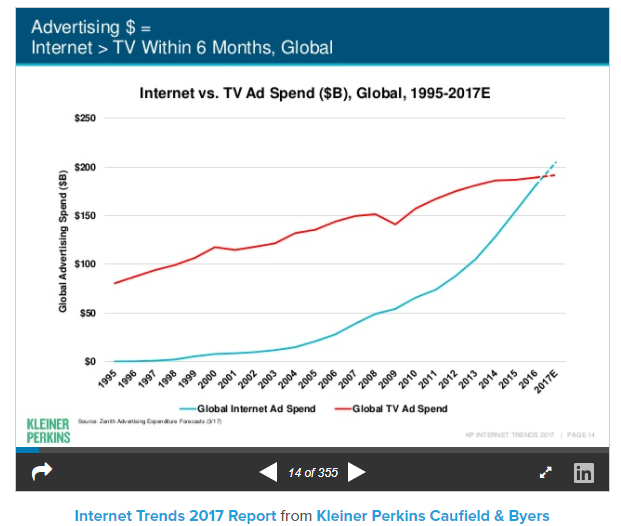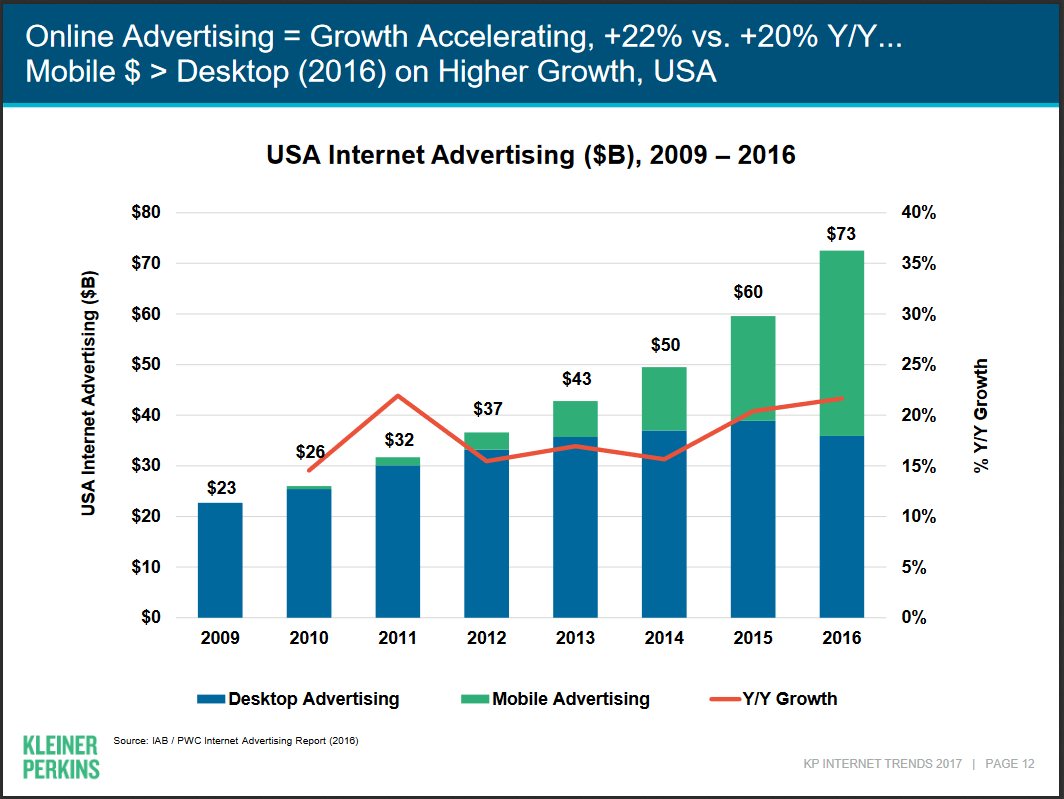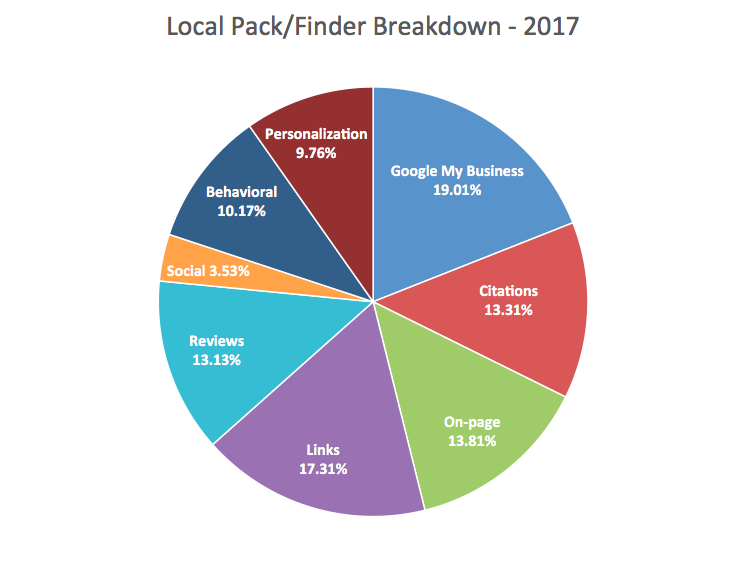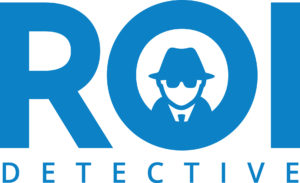The Changing Landscape of Advertising
By now, we’re all very familiar with how the Internet has changed almost every aspect of life as we know it. But as advertisers, you may not realize just how quickly online users are changing their habits. Within just a few short years, desktop search became secondary to mobile search, voice queries are becoming the preferred search method over typed search, and streaming services are making standard cable obsolete.
Mary Meeker produces something called the Internet Trends Report every year for Kleiner Perkins Caufield & Byers. In this 350-page behemoth of a report, she looks at the online world regarding trends, online advertising, games, media, the cloud and a lot more. But there are some great takeaways from her report that are worth bringing up.
Down the Tube
As of 2017, Internet ad spend will take over television ad spend. What? Yes, you read that correctly. With almost 3.4 billion internet users as of 2016, much of the world has access to the internet in some form or another. Compare this with only 1.4 billion homes worldwide having at least one television set, and it soon becomes obvious that marketing to consumers where they are (online) is not going to be through traditional advertising. The chart below shows that internet advertising expenditures will reach $200 billion dollars in 2017. Notice the level of increase in just the past 5 years. Meanwhile, television ad spend has been going up, but at not nearly the rate. This reflects advertisers increased understanding that there has been a fundamental shift in how people get their information.

The Big Players
To no one’s surprise, the biggest players in the field of online advertising are Google and Facebook. But Meeker’s Report shows just how incredibly dominant these two are. As of 2016, the two companies owned 85% of the online advertising market. And this trend appears to be growing, with Google up 20% Y/Y and Facebook up a whopping 62%. Compare this with the rest of the field’s increase of 9% and it’s easy to see what the near future holds for online advertising dollars.
Another key slide in Meeker’s report was her chart showing how these online advertising dollars are spent. In 2016 for the first time, Mobile advertising spend outpaced desktop spend.

Again, this is not surprising, given the increasing amounts of time that people are spending online. In 2016, adults in the U.S. spent an average of 5.6 hours PER DAY online. But what’s even more astounding is that they spent 3.1 of those hours using their mobile phone.
What Does This Mean for Advertisers?
Meeker’s report points out that for traditional media, the percent of ad spend roughly equals the percent of media consumption (i.e. television consumption was 38% of total media, and of total media spend across all channels, television’s share was 38%.) But this is not the case for mobile. As of 2016, mobile consumption equaled 28% of total media, whereas its ad spend was only 21% of total. This means that there is a $16 billion-dollar opportunity to be had, as the amount of mobile advertising catches up with the amount of time spent on phones. The data shows that there is a giant opportunity for nimble companies to beat their competitors to the punch by reaching customers via mobile.
The report also shows that the future of online advertising will continue to be done through social channels. In addition to Google and Facebook, Pinterest and Instagram (owned by Facebook,) is seeing higher ad spend.
Advertisers can’t look at online advertising anymore with disdain and incredulity. If they want to reach their customers, they are going to have to jump in with both feet. Raven Marketing in Portland, Oregon can help businesses stay on trend and use their advertising dollars efficiently by creating a marketing mix that incorporates media that customers are using most.






 A Better Mousetrap
A Better Mousetrap
 Other Budget-Stretching Ideas
Other Budget-Stretching Ideas